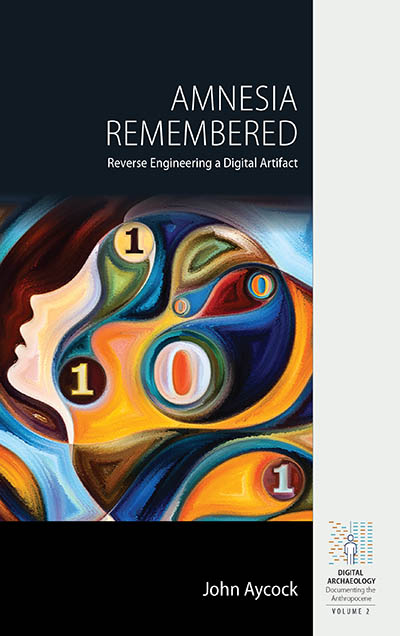“Highly recommended. All readers” • Choice
"This is a fascinating exploration of a single digital artefact. It reminds the reader that digital ‘things’ are still physical – and from those physical fluctuations representing ones and zeros the book walks the reader through the process of reconstructing what the code actually was, what it did, why it did it, and why it matters.” • Shawn Graham, Carleton University
Our modern culture is increasingly expressed in the form of digital artifacts, yet archaeology is in its infancy when it comes to researching and understanding them. The study and reverse engineering of digital artifacts is no longer the exclusive domain of computer scientists. Presented by way of analogy to the process of archaeological fieldwork familiar to readers, the 1986 Electronic Arts game Amnesia is used as a vehicle to explain the procedure and thought process required to reverse engineer a digital artifact. As a go-to reference to learn how to begin studying the digital, Amnesia is shown to be a multi-layered artifact with a complex backstory; through it, topics in data compression, copy protection, memory management, and programming languages are covered.
John Aycock is an associate professor in the Department of Computer Science at the University of Calgary, Canada. He is the author of Retrogame Archeology: Exploring Old Computer Games (Springer, 2016). His research interests include studying the implementation of "retro" computer games and technology, which he has been doing in collaboration with archaeologists and others.
Area:
LC: GV1469.37 .A94 2023
BL: DRT ELD.DS.761175
BISAC: SOC003000 SOCIAL SCIENCE/Archaeology; SOC002000 SOCIAL SCIENCE/Anthropology/General; GAM013000 GAMES & ACTIVITIES/Video & Mobile


